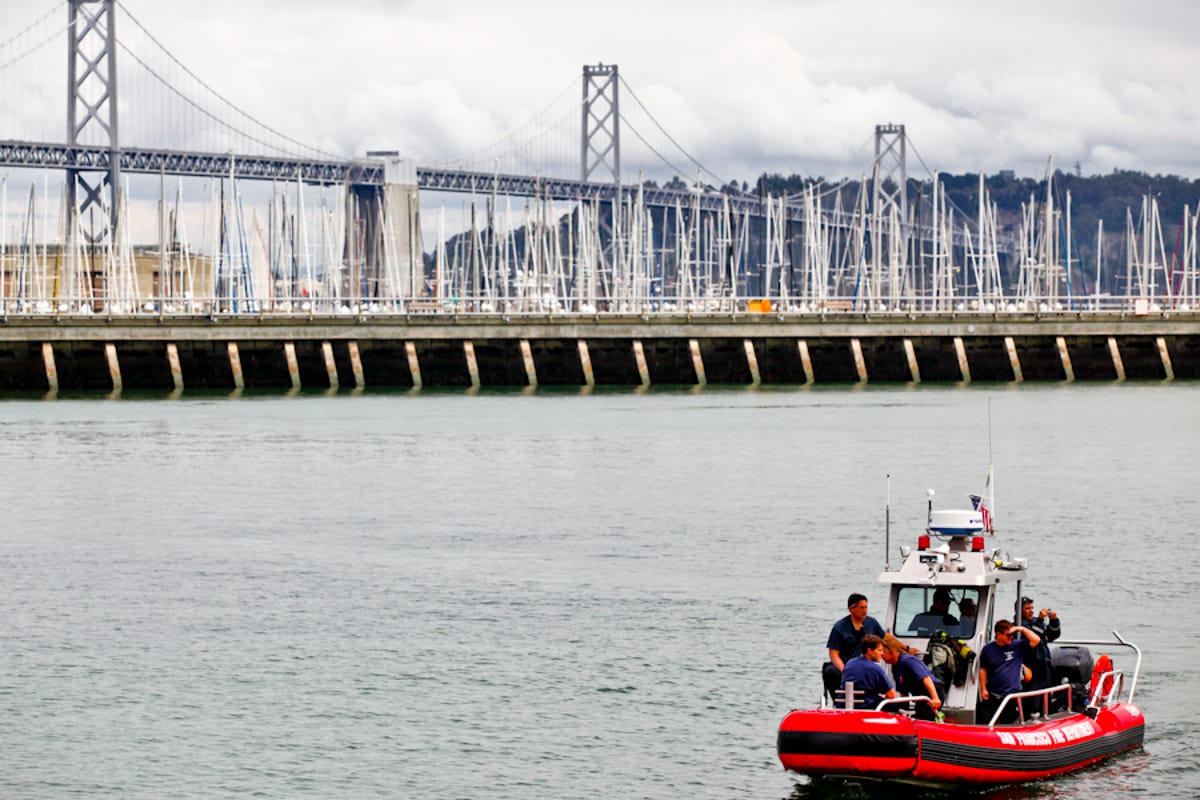Navy enlists sea mammals to defend California ports (photos)
The U.S. Navy Marine Mammal Program conducts training exercises in the San Francisco Bay using sea lions and dolphins trained to perform underwater surveillance for object detection, location, marking, and recovery.

Marine mammals
The U.S. Navy is showing off some unlikely recruits in California.
Its Marine Mammal Program conducted training exercises Tuesday in the San Francisco Bay using sea lions and dolphins that have been trained to perform underwater surveillance for object detection, location, marking, and recovery.
In a full-scale regional exercise focusing on the state's response and recovery to multiple terrorist attacks at Bay Area ports, federal, state, and city officials took part in the Golden Guardian emergency preparedness program.
At Pier 48 in San Francisco, the city's police and fire departments, along with its Emergency Operations Center, conducted a drill demonstrating the ability of dolphins and California Sea Lions to help protect coastal areas from maritime attacks.

